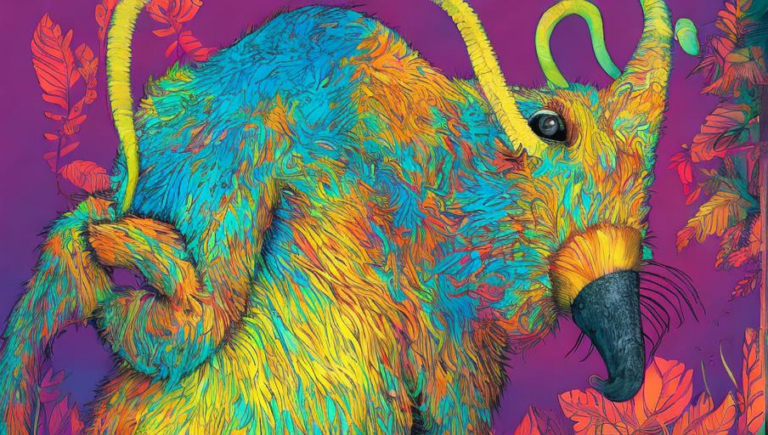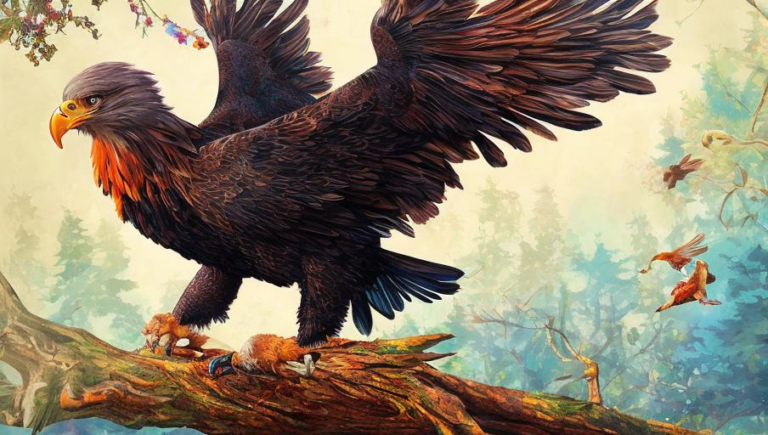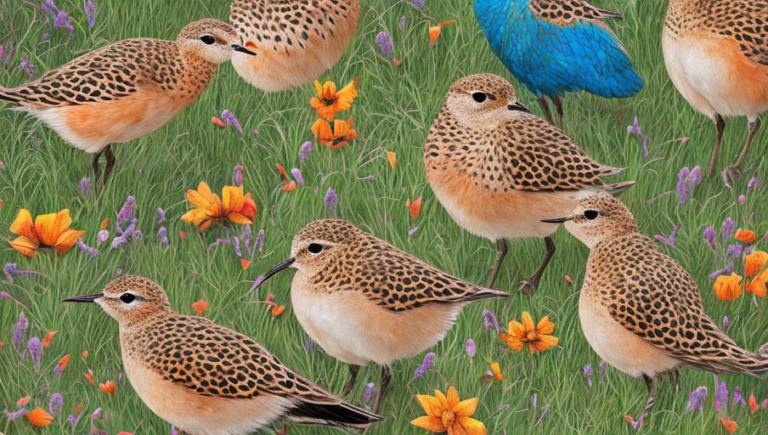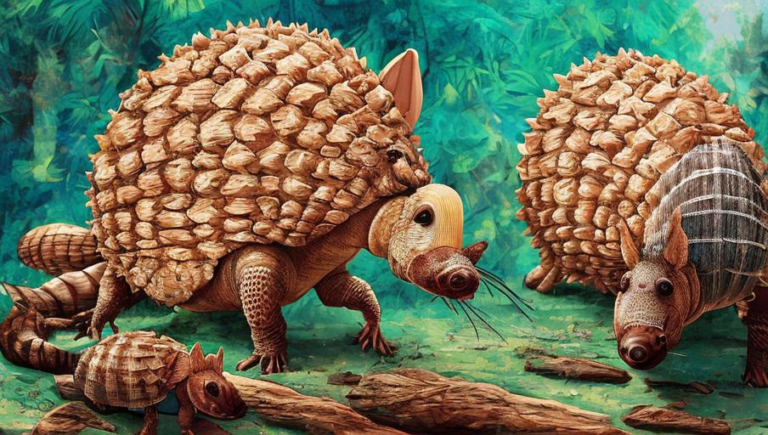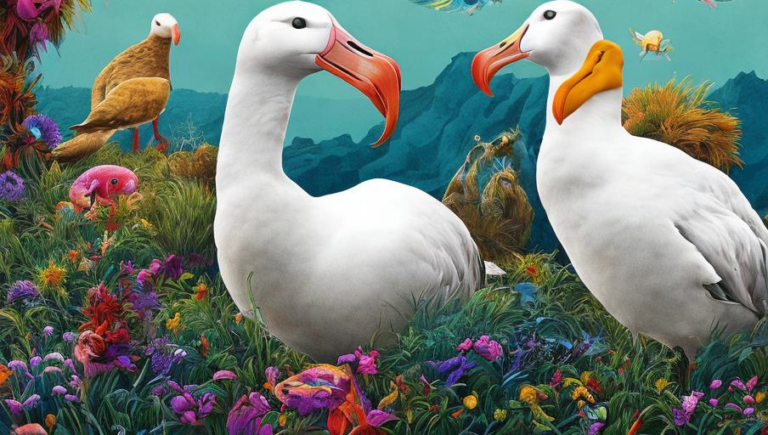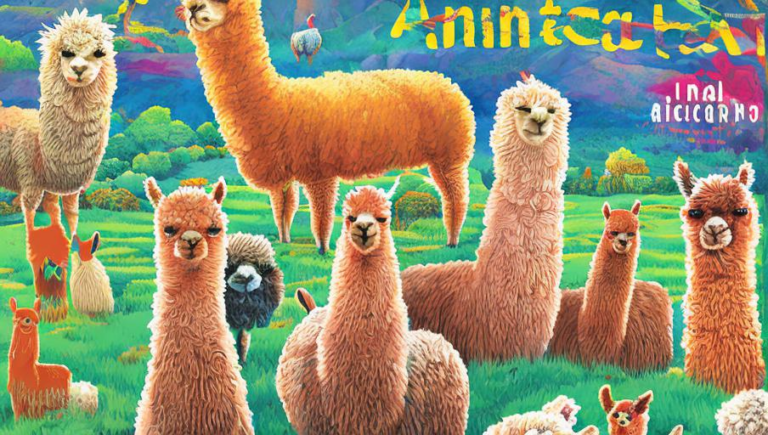Safeguarding the Antelope from Extinction
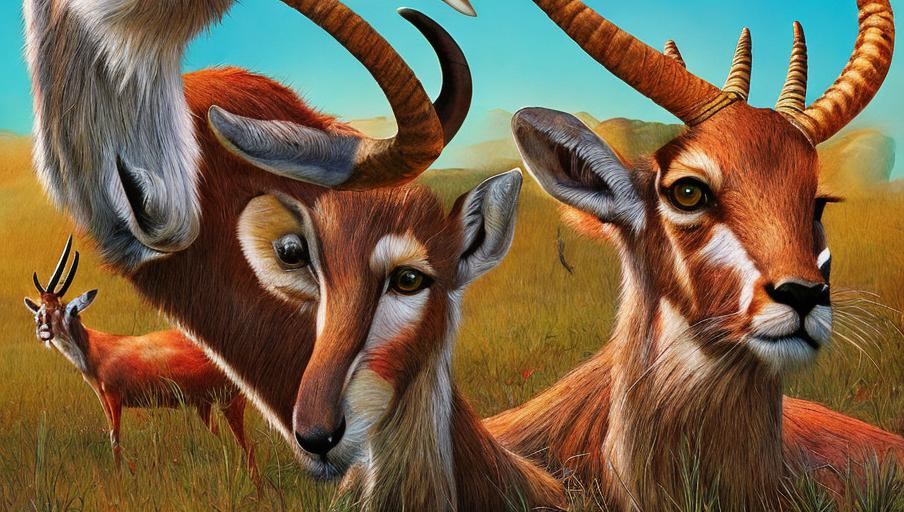
Safeguarding the Antelope from Extinction
The antelope is a species of artiodactyl mammal found in Africa, Asia, and parts of Europe. There are approximately 91 species of antelope, and they are generally characterized by their long, slender legs, long horns, and distinctive coloration. The antelope is an important part of the African savanna ecosystem, and is an integral part of the food chain, providing food for larger predators such as lions and cheetahs. Unfortunately, the antelope is at risk of extinction due to habitat loss, poaching, and other human activities.
Habitat Loss
As human populations have grown, more land is being developed and converted into agricultural land or urban areas, leading to a decrease in the amount of available habitat for antelopes. This is especially true in Africa, where vast areas of savanna have been converted into farmland. This has caused antelopes to move into smaller, fragmented habitats, leading to a decrease in population size. Furthermore, some species of antelope are also threatened by hybridization with domestic livestock, which can reduce genetic diversity and lead to a decrease in the number of antelopes.
Poaching
Antelopes are also threatened by poaching. Although poaching is illegal, it continues to be a major problem in many parts of the world. Poachers are often motivated by the desire to obtain antelope horns, which are highly valuable commodities on the black market. In addition, some poachers hunt antelopes for their meat, which is considered a delicacy in some cultures. As a result, antelopes are becoming increasingly rare in some areas.
Conservation Efforts
Fortunately, there are many organizations dedicated to protecting and preserving the antelope. For example, organizations such as The African Wildlife Foundation and Wildlife Conservation Society are working to protect antelope habitats and reduce poaching. Furthermore, some organizations are working to reintroduce antelopes into their habitats and to create protected areas where antelopes can live without fear of poaching or habitat destruction. These efforts are helping to ensure that antelopes remain a part of the African savanna ecosystem.
Conclusion
The antelope is an integral part of the African savanna ecosystem, and its continued existence is vital for the preservation of the ecosystem. Unfortunately, antelopes are threatened by habitat loss, poaching, and hybridization with domestic livestock. Fortunately, there are many organizations dedicated to protecting and preserving the antelope, and their efforts are helping to ensure that antelopes remain a part of the African savanna ecosystem.
